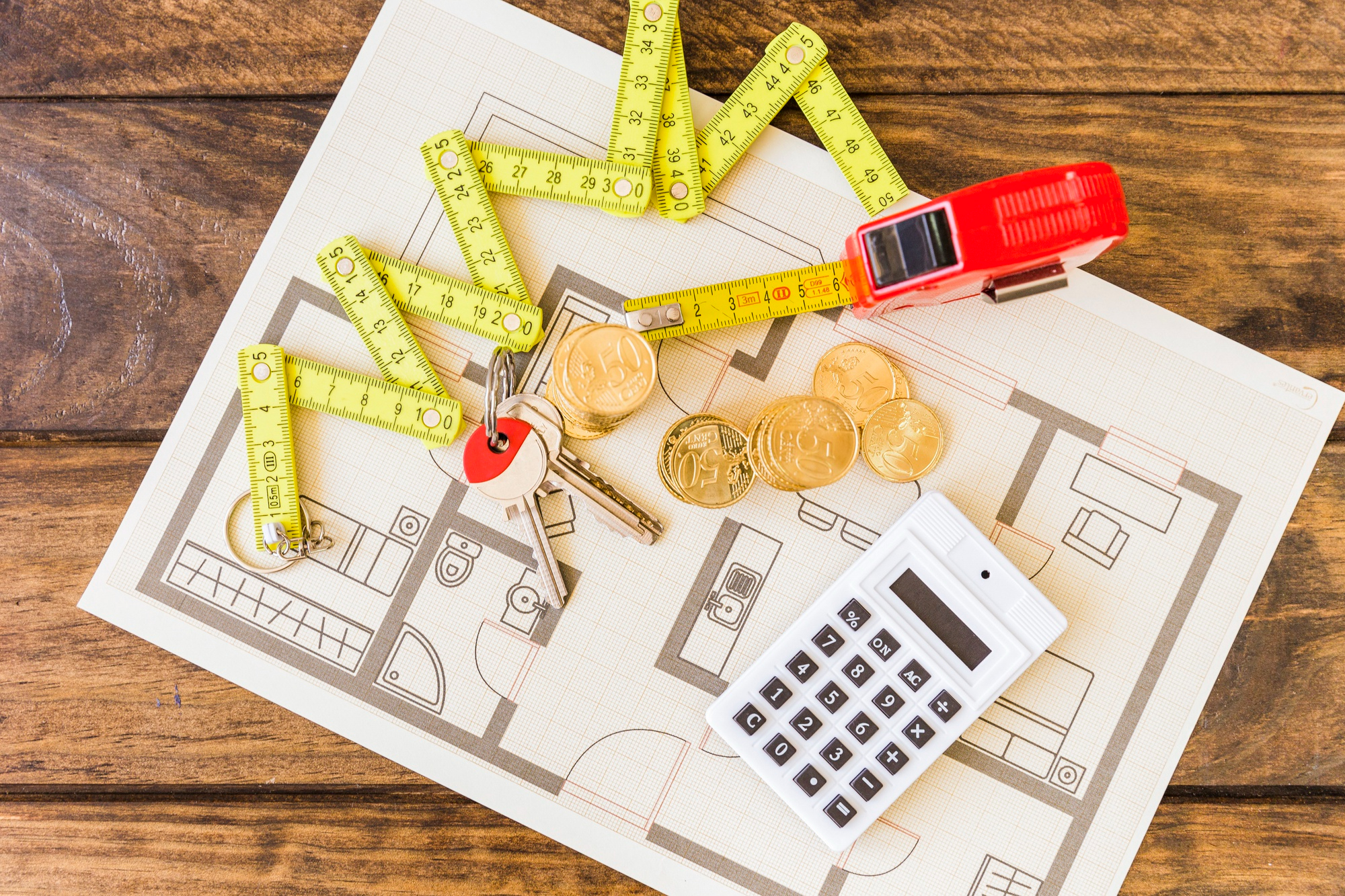Planning a home renovation requires careful consideration and preparation. This article covers essential aspects of renovating your home in the Philippines, including budgeting, design planning, and contractor selection. Ensure a smooth renovation process with these helpful tips and insights.
Setting a Realistic Budget
Establishing a realistic budget is crucial for a successful home renovation. Begin by assessing the scope of the project and gathering estimates for materials, labor, and other associated costs. It’s important to include a contingency fund, typically around 10-20% of the total budget, to cover any unforeseen expenses that may arise during the renovation. By doing thorough research and getting multiple quotes, you can better gauge the costs and avoid budget overruns.
Another key aspect is to prioritize your spending based on the most critical elements of the renovation. Allocate funds according to the project’s needs, such as structural repairs or essential upgrades, and consider areas where you might cut costs without compromising quality. A well-planned budget not only helps in managing expenses effectively but also ensures that the renovation is completed within your financial means.
Choosing the Right Contractors and Professionals
Selecting the right contractors and professionals is essential for a successful home renovation. Begin by researching potential candidates and gathering recommendations from friends, family, or online reviews. When evaluating contractors, consider the following:
- Check Credentials and Experience: Verify that the contractors have the necessary licenses and insurance. Look for those with a proven track record in similar renovation projects, as their experience can greatly impact the quality of the work.
- Review Past Work and References: Request examples of previous projects and contact references to gain insights into the contractor’s reliability, workmanship, and adherence to deadlines. This step helps ensure that the contractor’s style and capabilities align with your renovation goals.
- Obtain Multiple Quotes: Get detailed written estimates from several contractors to compare costs and services. This allows you to make an informed decision based on both price and the value offered.
- Clarify Communication and Contract Terms: Establish clear communication channels and ensure that all aspects of the project, including scope, timelines, and payment schedules, are documented in a formal contract. This helps avoid misunderstandings and ensures that both parties are aligned on expectations.
By carefully selecting and vetting contractors, you can minimize risks and enhance the likelihood of a smooth and successful renovation.
Designing for Local Climate and Conditions
| Climate Factor | Considerations | Recommended Materials |
| Humidity | High humidity can lead to mold and mildew. | Use moisture-resistant paints and finishes. |
| Rainfall | Heavy rain can cause water damage. | Choose waterproof roofing and drainage systems. |
| Heat | Intense heat can affect indoor comfort. | Opt for insulating materials and cooling solutions. |
Designing your home renovation with the local climate in mind is essential for ensuring durability and comfort. In the Philippines, where the climate is predominantly tropical, it’s important to select materials and designs that can withstand high humidity, heavy rainfall, and intense heat.
- Moisture-Resistant Materials: Given the high humidity levels, it’s crucial to use materials that resist moisture and prevent mold growth. Moisture-resistant paints, treated wood, and vinyl flooring are excellent choices for maintaining a healthy indoor environment.
- Effective Drainage Systems: To address heavy rainfall, ensure that your roofing and drainage systems are designed to handle large volumes of water. Installing gutters, downspouts, and proper drainage channels can help prevent water damage and flooding.
- Cooling and Insulation: Combat the intense heat by incorporating materials that provide adequate insulation and ventilation. Consider using reflective roofing materials, installing ceiling fans, and designing windows to maximize cross-ventilation for improved indoor comfort.
By considering these climate factors and implementing appropriate solutions, you can enhance the longevity and livability of your renovated home.
Incorporating Filipino Cultural Elements
Incorporating Filipino cultural elements into your home renovation can create a unique and personalized living space that reflects local heritage and traditions. By blending traditional design features with modern aesthetics, you can achieve a harmonious and culturally rich environment.
- Traditional Design Features: Integrate classic Filipino architectural elements such as capiz shell windows, wooden lattice work (known as “banig”), and decorative wooden carvings. These features not only add visual interest but also celebrate the rich cultural heritage of the Philippines.
- Local Materials: Use indigenous materials like bamboo, rattan, and local hardwoods in your renovation. These materials are not only sustainable but also embody the natural beauty and craftsmanship of Filipino design.
- Color Palettes and Textures: Opt for color schemes and textures that reflect traditional Filipino motifs. Earthy tones, vibrant patterns, and textiles such as “Habi” (traditional woven fabric) can bring warmth and authenticity to your space.
- Cultural Art and Decor: Incorporate Filipino art and decor items, such as traditional pottery, woven baskets, and handcrafted sculptures. These pieces can serve as focal points and conversation starters, highlighting the richness of Filipino culture.
- Open and Flowing Spaces: Embrace the Filipino tradition of open and flowing spaces by designing areas that encourage family gatherings and communal living. Incorporate features like large sliding doors and open-plan layouts that facilitate interaction and connection.
By thoughtfully integrating these cultural elements, you can create a home that honors Filipino traditions while meeting contemporary needs and preferences.
Project Timeline and Scheduling
Establishing a well-defined timeline is essential for the smooth execution of your home renovation project. Start by breaking down the renovation into distinct phases, such as design, permitting, construction, and finishing. Each phase should have a clear start and end date, taking into account the complexity of the tasks and the availability of contractors and materials. It’s important to allocate extra time for potential delays, whether due to unforeseen issues or shipping delays for materials. A detailed timeline helps keep the project on track and ensures that all parties involved are aware of key milestones and deadlines.
Managing Delays and Adjustments
Despite careful planning, delays can occur due to various factors, such as weather conditions, supply chain issues, or unexpected structural problems. To manage these challenges effectively, maintain open communication with your contractors and regularly review the progress against the timeline. Be prepared to make adjustments as needed, and consider setting aside a buffer period within your schedule to accommodate any changes. Flexibility and proactive problem-solving are key to managing delays and ensuring that the renovation progresses smoothly toward completion.




